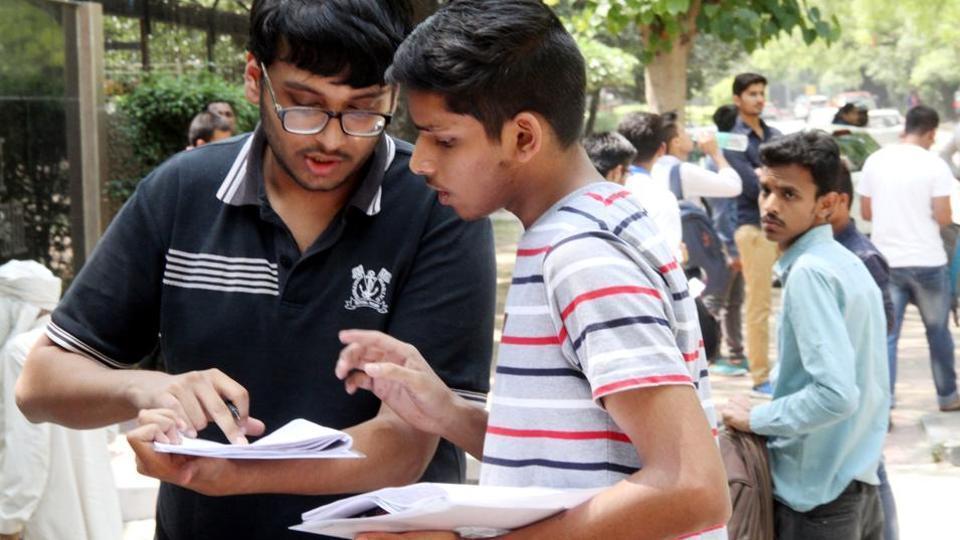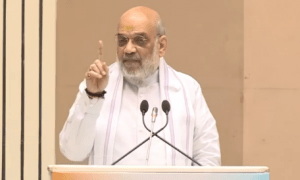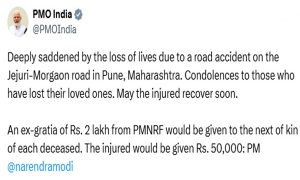The JEE (Joint Entrance Examination) is held for students aspiring to get admission in India’s top engineering colleges. The exam is conducted at two levels, JEE Main and JEE Advanced. JEE Main is conducted twice in a year.
This year, it is being held from January 6 to 9 and April 3-9, 2020 in two shifts. The JEE Main acts as a screening exam for JEE Advanced and for getting admission in various NITs (National Institute of Technology). The exam takes place in an online mode (Computer Based Test) and is conducted by National Test Agency (NTA). The duration of the exam is three hours.
The paper comprises of 75 questions with 25 questions in each section. Each section has 20 Multiple Choice Questions (MCQs) and 5 Numerical Answer Type questions. The result of JEE Main January attempt is expected to be declared by NTA on 31st January 2020.
Below is the analysis for Day 2, morning shift exam:
1) The overall level of the exam was Moderate to difficult. As compared to last year, the exam was similar in pattern and difficulty level.
2) Physics section was Difficult as compared to last year. With majority of questions being asked from Thermodynamics, Electrostatics and Magnetism no questions were asked from ray optics, transistors , units and measurements.
3) Maths was difficult compared to last year. However, this year it was Moderate in difficulty. Most of the questions were asked from Calculus and coordinate geometry.

4) Chemistry was Easy. Questions from Inorganic Chemistry were NCERT based. But no questions were asked from equilibrium
5) Mostly questions were asked from NCERT from Chemistry.
6) The Numerical Answer Type questions were lengthy in nature.
7) For future slots, students are advised to focus on basics and conceptual clarity.




























 WhatsApp us
WhatsApp us